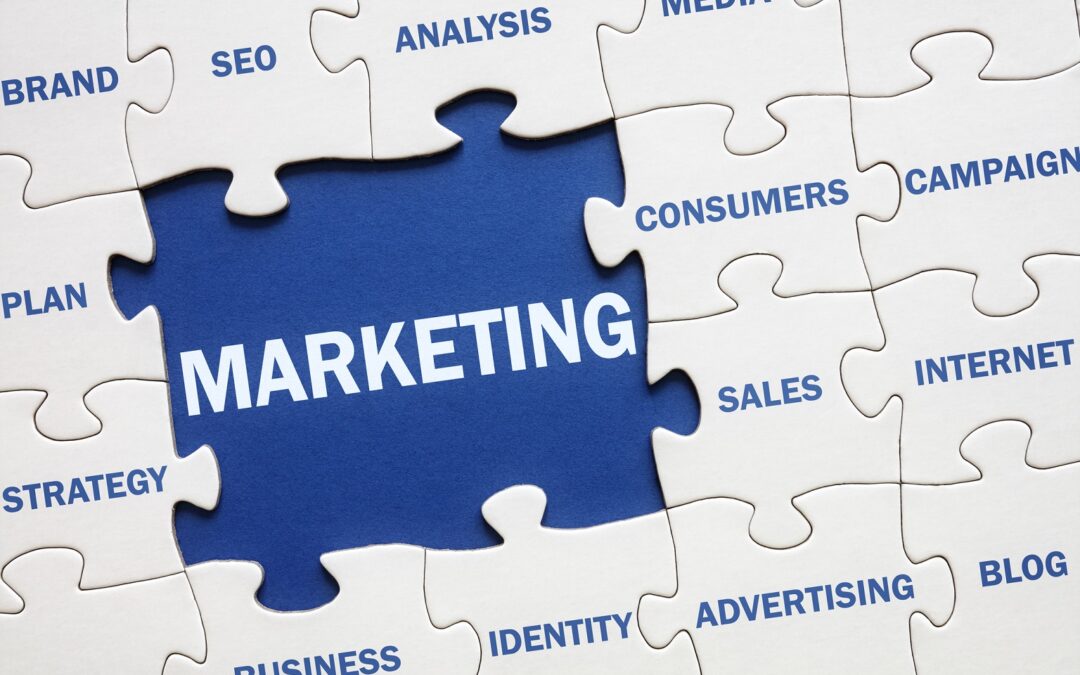Too often, marketers begin the tasks for marketing without first setting out a solid plan. A strategy is key if you want to create marketing assets and distribute them in a way that will help you reach your target audience. Without a plan, you also can’t measure your success. That’s why we always start with a map, so we always know which direction to go.
The Crucial First Steps
The first step you must take is to determine how buyers will find you. That means understanding which keywords and search terms are most likely to result in high rankings on Google. While some intuition might get you close, we highly recommend completing competitive research to see what’s working for your competitors and how hard you’ll have to fight for those keywords and search terms that get the most traction.
Many of your keywords will drive traffic to the products or services you offer. Be sure you fully understand what you’re selling, why you’re selling it, and—most importantly—why your buyers need or want it. This will also help you craft keywords and search terms that will help consumers discover your business.
Next, determine where your target market is geographically. Will your search terms need to reach nationwide or will you only focus on local and regional targets? This will help you determine how to get an edge on your competition.
Your next step is to learn your target market inside and out. A lot of companies call these “buyer personas”, where you imagine groups of buyers as one single person with specific attributes that you can target with your marketing. If you don’t know who your buyers are and what they like, you can’t really go any further with your marketing.
Setting Your Goals
Next, set some measurable, attainable marketing goals. What is the most important first goal? Is it brand awareness, product awareness, customer acquisition, or an increase in sales? If you don’t know what you’re aiming for, your messaging and distribution strategies will be scattered and ineffective.
How will you know if you’ve reached your goals? More importantly, what performance indicators will you track to let you know you’re moving in the right direction? Set these before beginning any campaign so that you can use them as a compass throughout your journey.
Finally, set a budget. If you don’t determine how much you’re willing to invest at the outset, you could end up blowing your whole marketing budget before you have a chance to measure and make changes to your strategy.
What Comes Next
With your road map firmly in place, you’re ready to begin developing a content calendar. Content is crucial to convey your message to prospective buyers. Using information about your buyers, determine where they’re most likely to discover your content, whether that is your website, trade publications, social media platforms, direct mail flyers and brochures, or even television ads.
Where you plan to distribute content determines the type of content you’ll create. For instance, Facebook posts may be general information about your company and products, while LinkedIn might feature in-depth case studies and white papers. If your audience is more likely to be from Generation Z, then you could explore platforms where they tend to spend their online time, such as Instagram and TikTok. Baby Boomers are more likely to see your information in traditional media, such as trade publications or television commercials.
Before you set out on your journey, always check your map. Look for any potential roadblocks and have a back-up plan in mind to get you where you need to go. We’re here to help you plan, execute, and measure whenever you need us.




